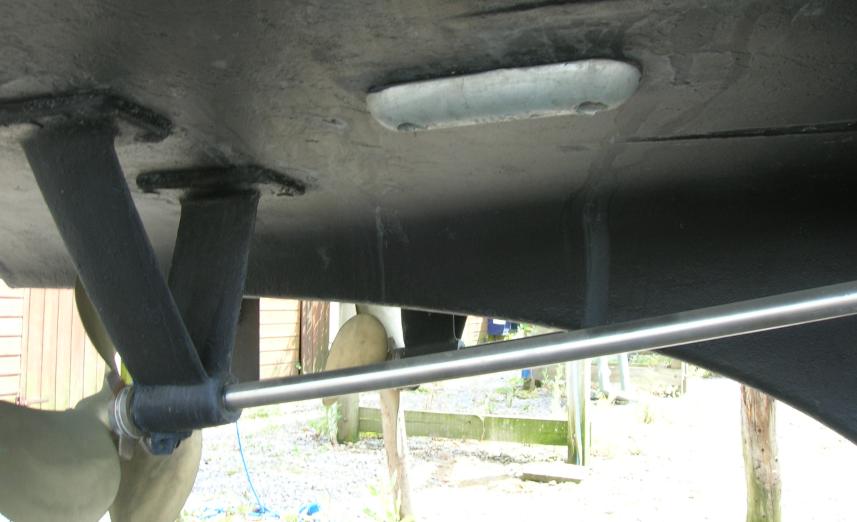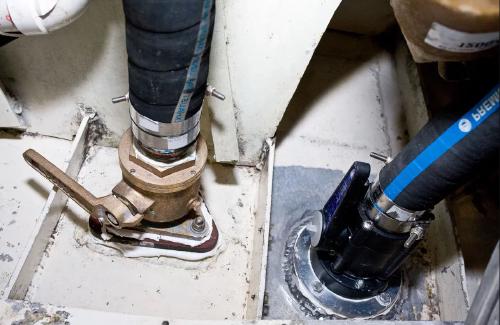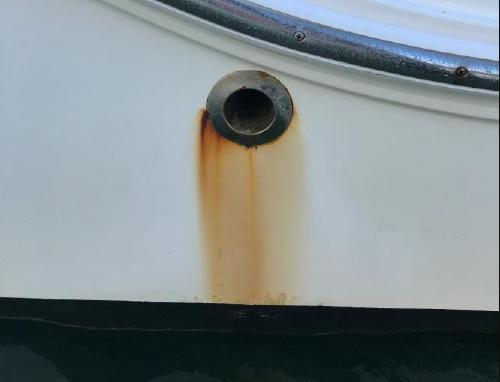Boating is a fascinating activity, but it also entails a fair share of maintenance work. One critical aspect of boat maintenance is managing the issue of corrosion. The solution? Anodes for boats. In this article, we will delve deep into the world of anodes, unraveling their purpose, their working mechanism, their placement, and the different types based on the metal used.
The Need for Anodes on Boats

Imagine spending a fortune on a beautiful boat only to see it slowly disintegrate due to corrosive elements in the water. Not a pretty sight, right? This is where anodes come into play. Anodes for boats, also known as sacrificial anodes, are designed to protect your boat from the corrosive effects of underwater environments. They do this by sacrificing themselves to corrosion, thereby protecting the more vital parts of your boat.
How Do Anodes Work?

Anodes work on the principle of galvanic corrosion, a type of corrosion that occurs when two dissimilar metals are in contact with each other and an electrolyte (in this case, water). The less noble (more reactive) metal becomes the anode and corrodes faster than the other metal, which becomes the cathode.
In the context of boats, the sacrificial anode is deliberately made from a metal that’s more reactive than the boat’s hull and other metal parts. When the boat is in water, the anode corrodes first, sparing the other parts.
Correct Placement of Anodes
Proper placement of anodes is crucial for their effectiveness. Generally, anodes should be placed at different areas of the boat that are prone to corrosion. These areas often include the propeller, the rudder, the hull, and the engine.
Remember, it’s essential that anodes make direct contact with the metal they’re protecting. If they’re painted over or not making proper contact, they won’t work effectively.
Different Metal Types of Anodes
Anodes are generally made from three types of metal–zinc, aluminum, and magnesium. Each type is suitable for a specific kind of environment.
Zinc Anodes
Zinc anodes, also known as mil-spec anodes, are suitable for saltwater environments. They’re durable and reliable, but not as active as aluminum or magnesium anodes.
Aluminum Anodes
Aluminum anodes are a great all-rounder. They work well in both saltwater and brackish water (a mix of saltwater and freshwater). They’re also lighter and last longer than zinc anodes.
Magnesium Anodes
Magnesium anodes are the most active of the three and are ideal for freshwater environments. However, they’re not recommended for saltwater or brackish water, as they would corrode too quickly.
Conclusion

Anodes for boats are unsung heroes, silently sacrificing themselves to protect your prized possession from the harmful effects of corrosion. Understanding their purpose, how they work, where they should be placed, and the suitable metal type for your boating environment can make a world of difference to the lifespan and performance of your boat.
Remember, the right anode can save your boat, but only if it’s properly installed and regularly checked for wear. Happy boating!




Use the share button below if you liked it.